Today we drove north (from Jerusalem) along highway 60, up the spine of the Shomron to the remains of the ancient city of Samaria-Sebaste.
Samaria was the site purchased by Omri for two talents of silver from Shemer and made the capital of the Northern Kingdom of Israel (Kings I 16:24-28). Omri’s son Ahab married the Phoenician princess Jezebel and they built a temple to the pagan god Baal which was later destroyed by Jehu, who had Jezebel and 70 princes of Ahab’s family killed.
Sebaste, the Greek equivalent of the Latin Augusta, was Herod’s name for the city when the area was given to him by the Emperor Augustus. Herod rebuilt the city, in full Roman style, a kilometer long cardo of 600 columns, a forum, a Roman basilica, stadium, temple, hippodrome and theater surrounded by a wall and gates.
After we passed the road leading to Shavei Shomron highway 60 loops around the settlement, a tall concrete separation wall on the left and then heads north. A short drive and you take a right through a grove of olive trees to the gate of the city and then pass two rows of Roman columns marking the Cardo, one row standing along the road and others in a row among the trees.
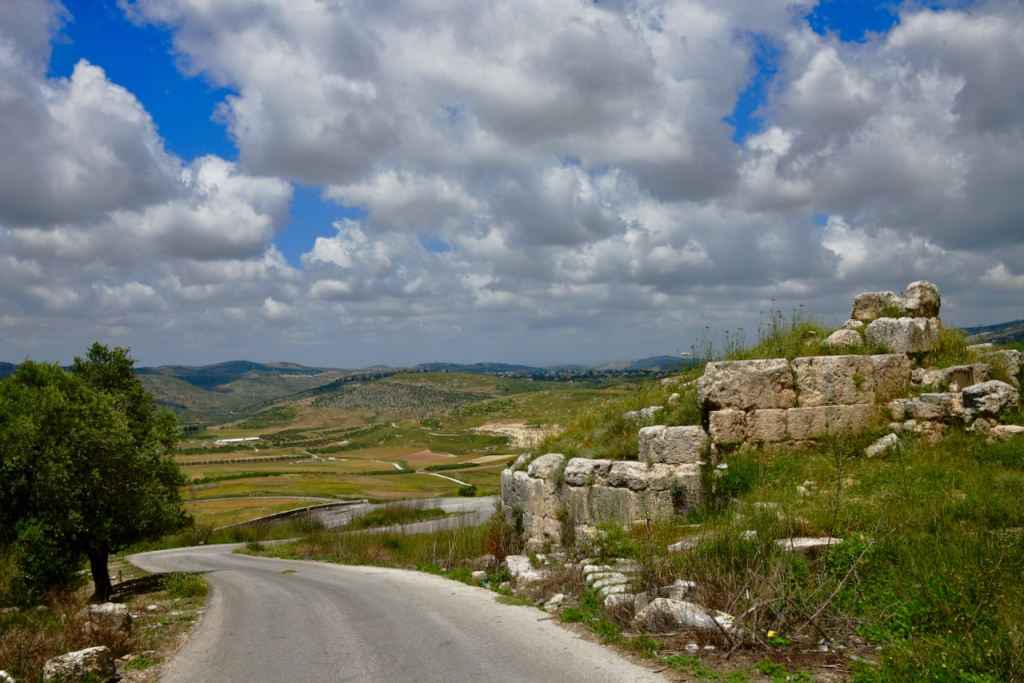

Continuing along the road we passed some excavated ruins and shortly reached the town square beside the Forum lined by rows of columns.
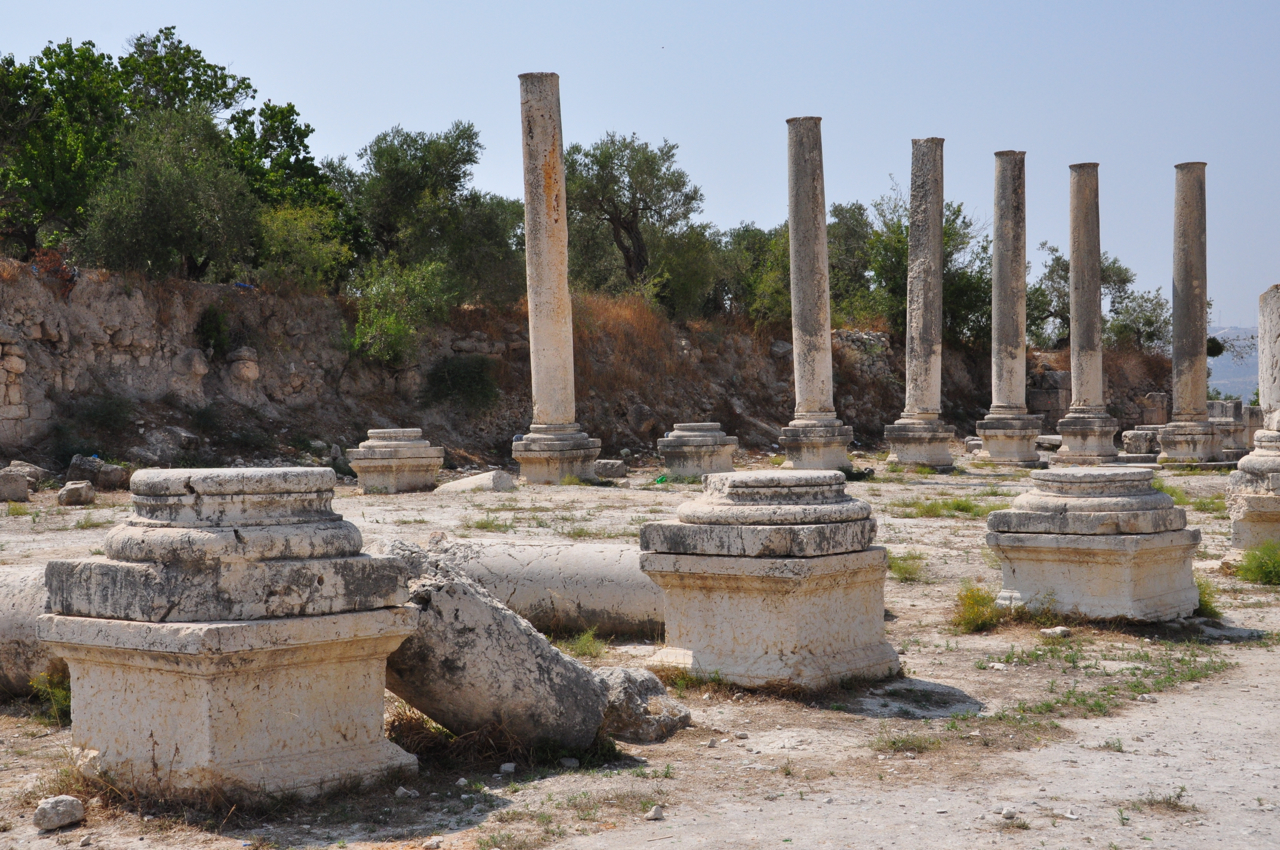
The archaeological remains are strewn around the area. The road in front of the Samaria restaurant takes you to the Hellenistic tower and Roman theater.
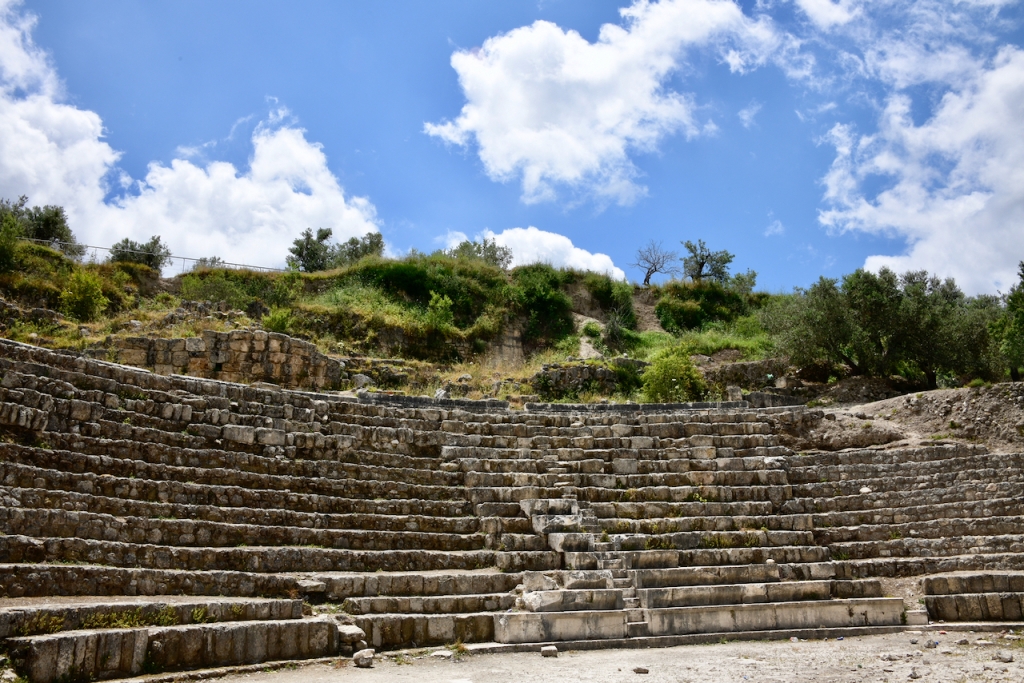
From there we walked to the top of the hill, the acropolis where Herod built a temple to Augustus over the administrative buildings and parts of the palace of Omri from the 8th century BCE.
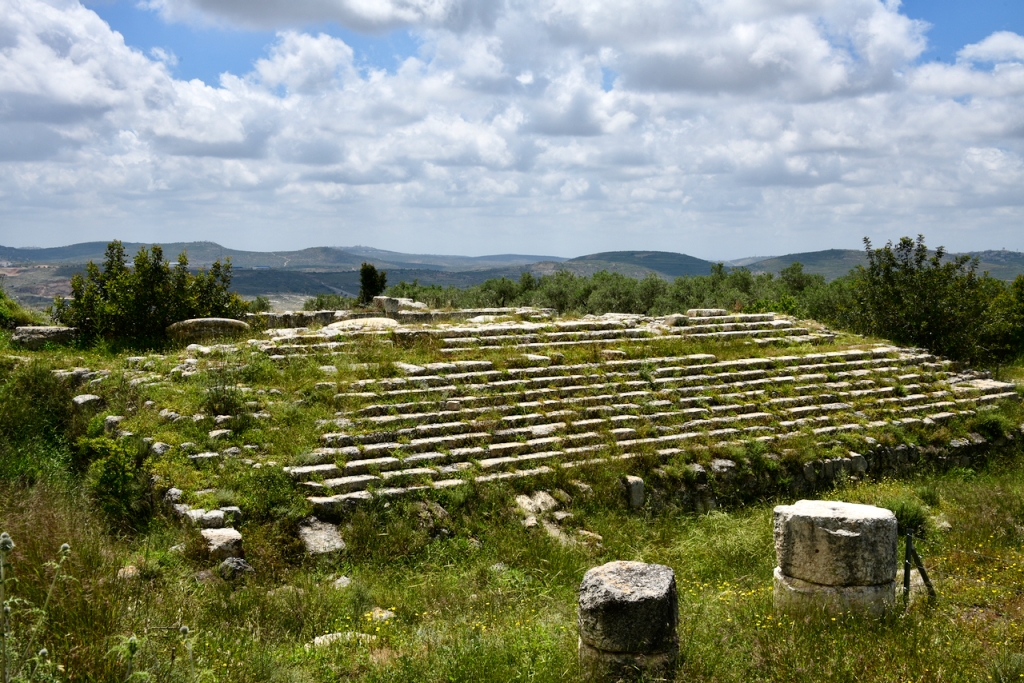
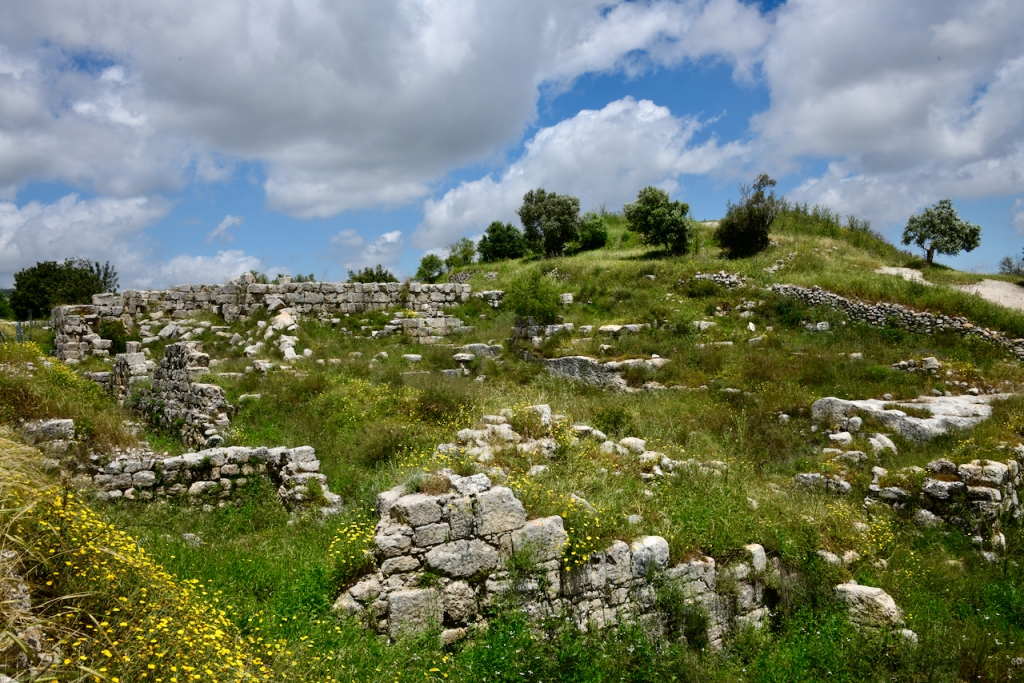
From there we walked to the ruins of a small 7th century Byzantine church with Crusader additions where according to one tradition the head of John the Baptist was kept. It’s then a short walk back to the main square.
We wanted to visit the small museum in Nabi Yahya Mosque, a former Crusader cathedral but when we went to check it was closed (probably due to the Corona pandemic). We did notice a sign for some Royal tombs which turned out to be a deep pit which contained about a half dozen sarcophagi.
Part of a great day trip that’s off the beaten path that I guide!

shmuel, hi.did u feelsafe? i know quite a few who have been pelted with stones there. i had some good friends there once upon a time.
very nice write-up and reminder. Toda.